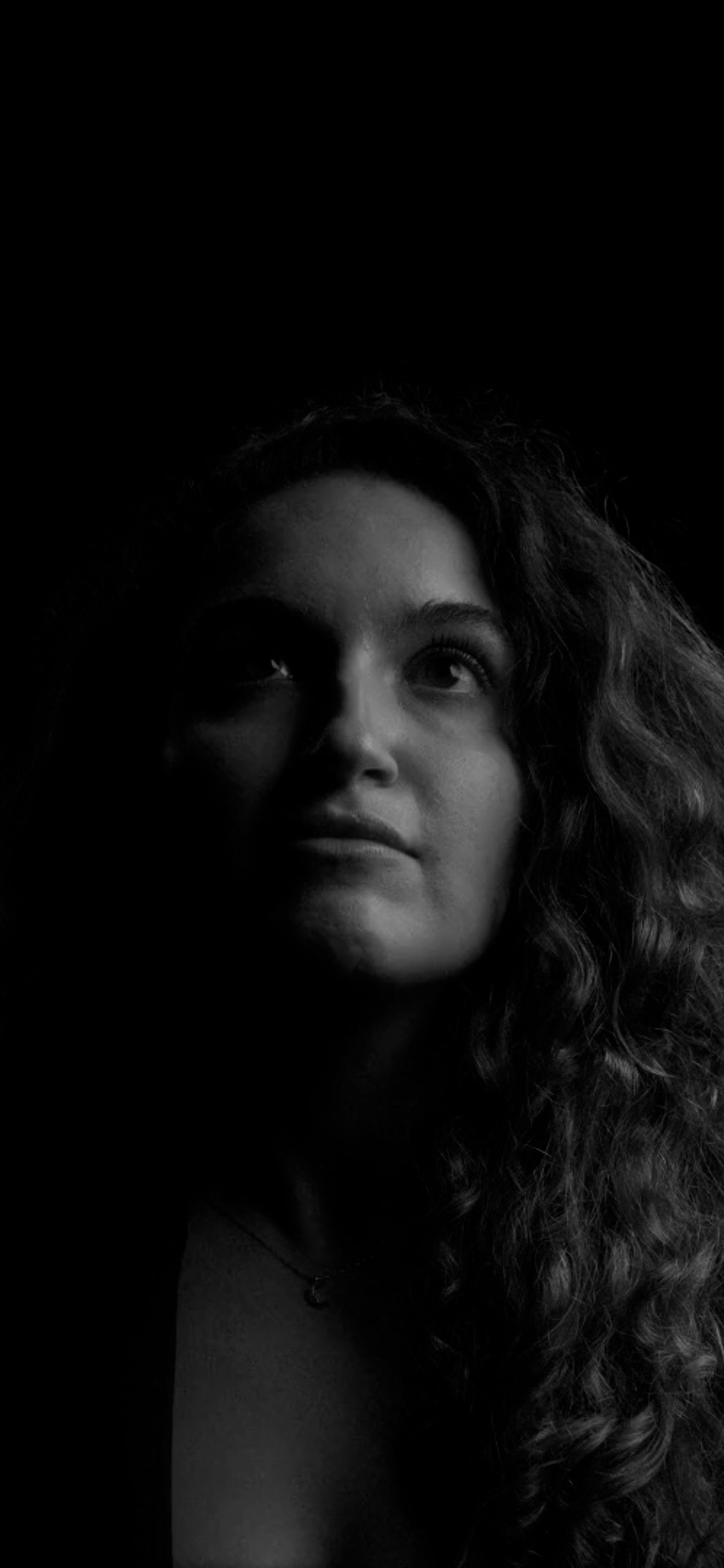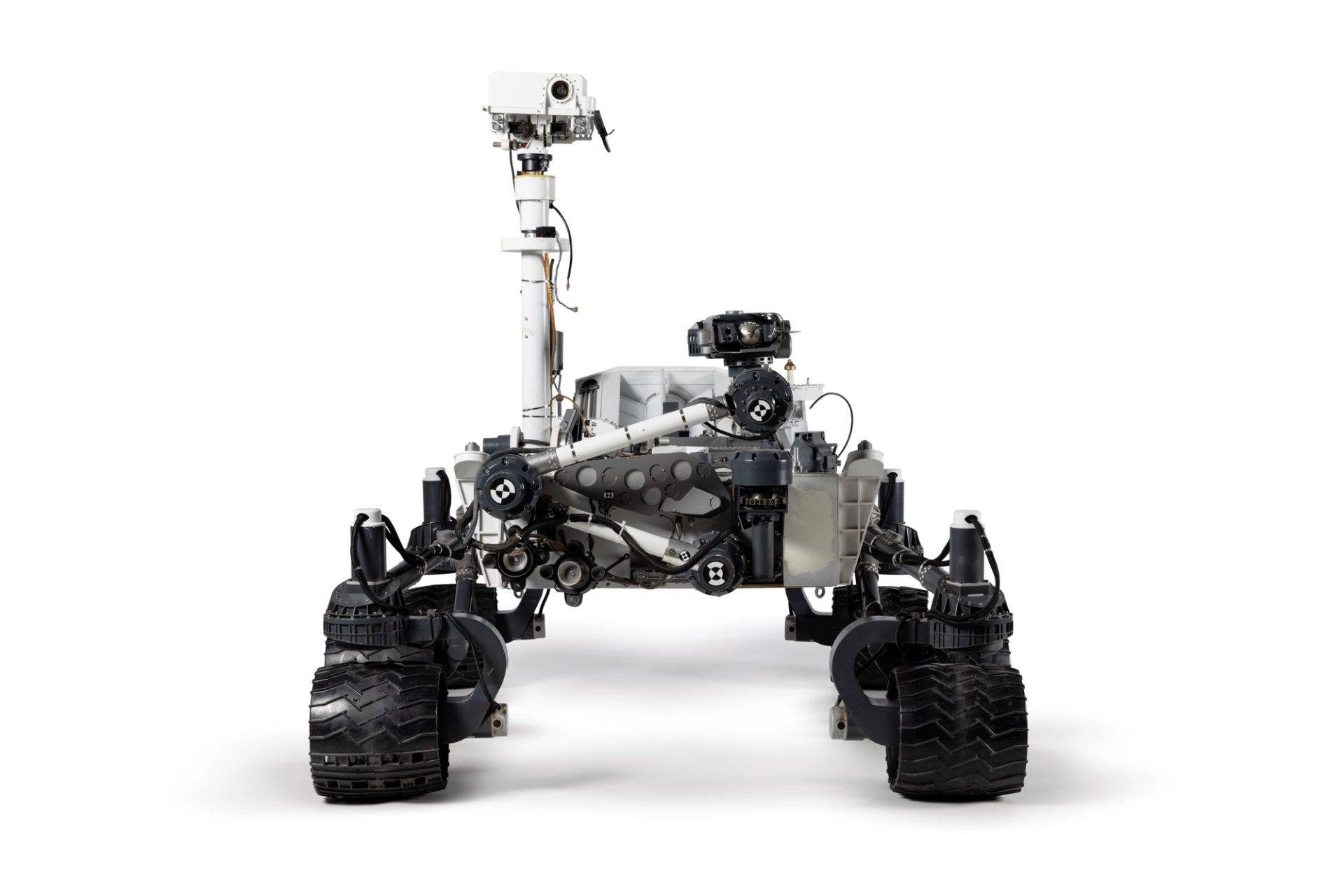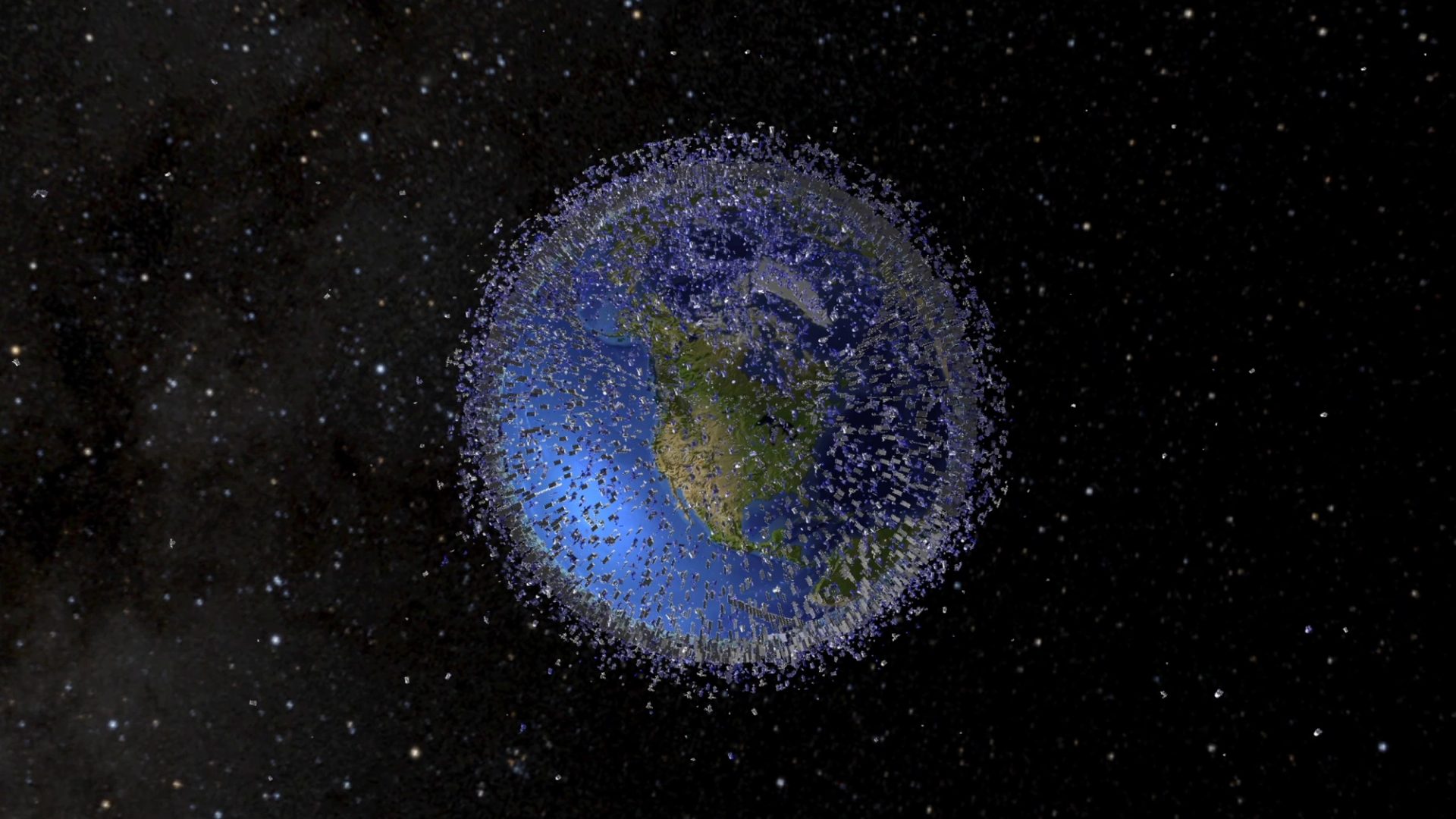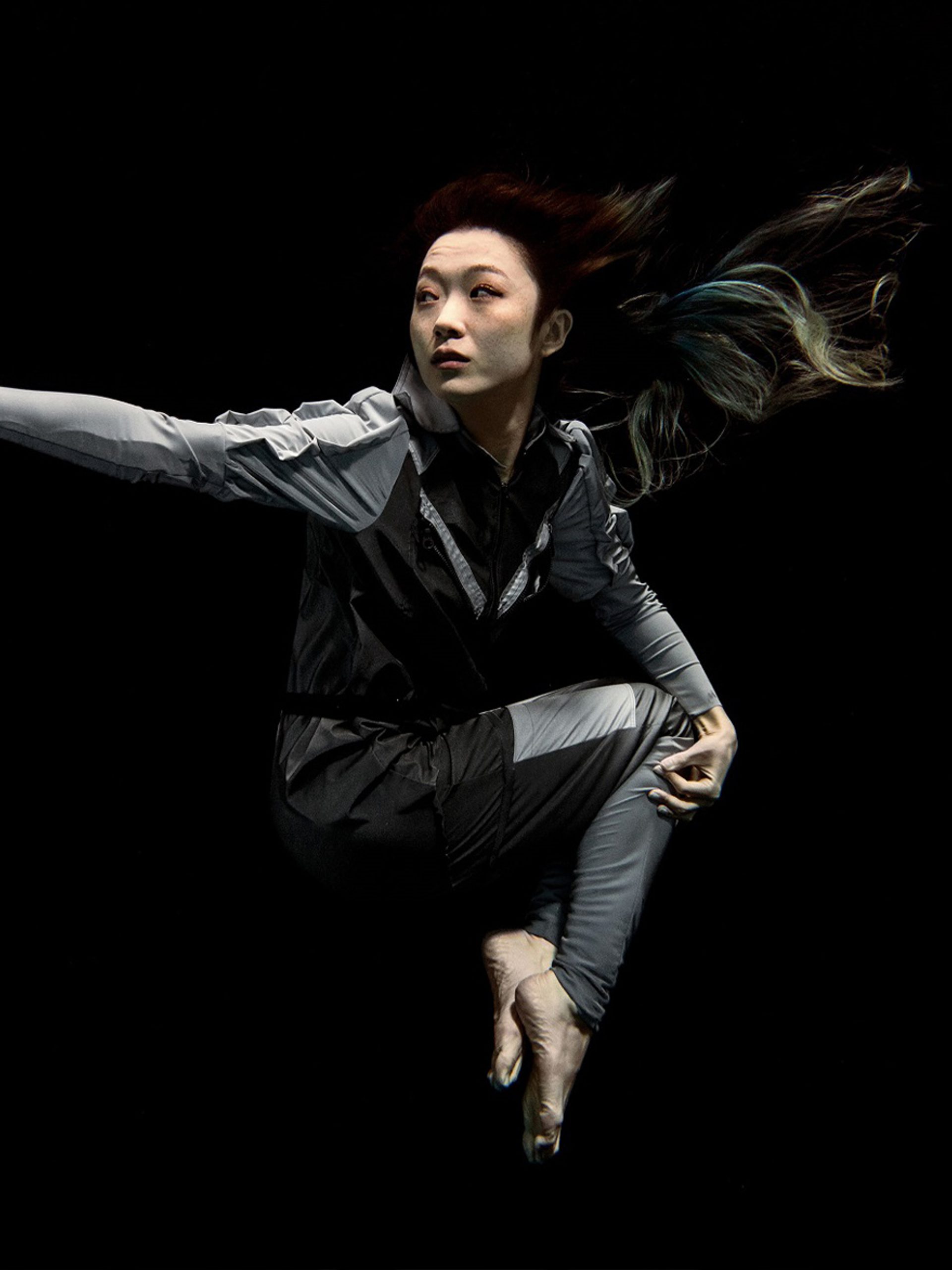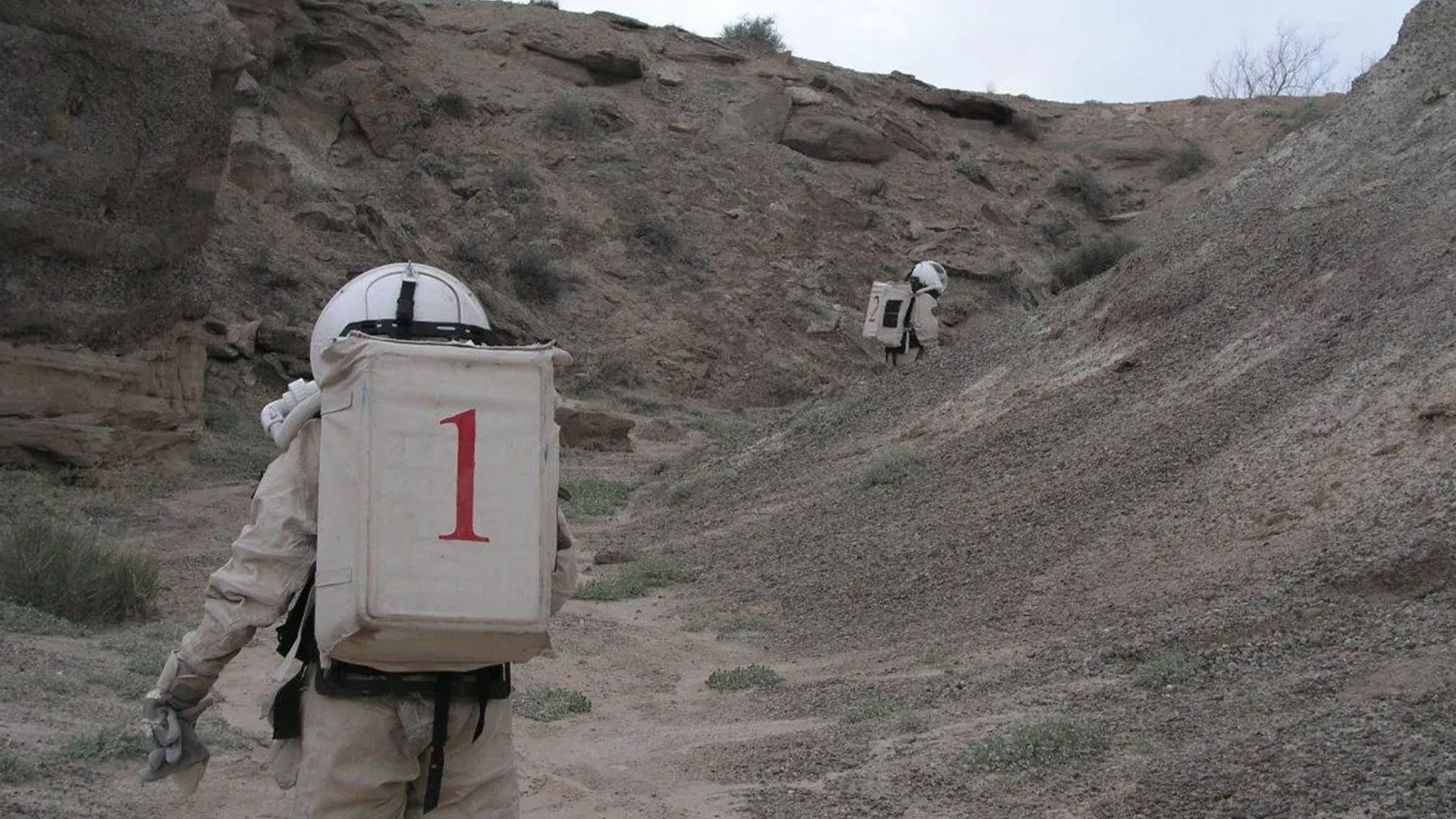Maya Nasr: Macro Scale of the Universe

To celebrate Sydney Science Festival 2024 Powerhouse Associate Ceridwen Dovey interviewed this year's keynotes, Susmita Mohanty, Maya Nasr and Xin Liu.
Dr Maya Nasr is a remote sensing scientist at the US Environmental Defense Fund and Harvard University focusing on space mission planning for in-orbit calibrations. She has contributed to the Mars 2020 Perseverance rover mission, Cassini’s mission activity on Titan, and with OneWeb. Nasr holds expertise in spacecraft operations, engineering systems, technology strategy, and space law and policy.
‘The collaborative effort, the sleepless nights, and the moment we confirmed MOXIE's oxygen production on Mars are memories that will stay with me forever.’
Ceridwen Dovey At the age of 16, you left Lebanon to study aerospace engineering at MIT in the United States. What are some of your best and worst memories of that time?
Maya Nasr I grew up in a tiny village in the mountains of Lebanon, so leaving home very young to study aerospace engineering at MIT was both utterly terrifying and a dream come true. I had never been on a plane before, nor did I have any family in the US. My worst memories revolve around homesickness and feelings of isolation. Imposter syndrome at MIT was also real, as I adapted to a place where everyone is smart, passionate and inspiring.
Some of my best memories are of meeting several Apollo astronauts during my first semester, and taking my first aerospace class with the astronaut and professor Jeffrey Hoffman (who became my advisor, and supervised my PhD on NASA’s Mars Perseverance rover). MIT also left me with incredible friendships that formed during that early period.
CD In the Powerhouse Collection, there’s a life-size replica of NASA's Curiosity Mars rover. That's as close as most of us will ever get to a rover, but you've actually worked on NASA's Mars Perseverance rover mission! Tell us more about Perseverance’s science instrument MOXIE, and whether it managed to produce oxygen from the Martian atmosphere.
MN Working on MOXIE was an incredible experience. In the laboratory, I conducted tests to calibrate and characterise MOXIE’s pressure and composition sensors under a range of temperatures and pressures, to reflect Mars-like operating conditions.
Perseverance landed on Mars in 2021. The excitement of potentially enabling future human missions to Mars by producing oxygen was palpable among the team. We were aware that producing oxygen from the Martian atmosphere would be a complex process, involving very high temperatures and precise control for the solid oxide electrolysis process – plus dust filtering and other accommodations to the harsh Martian environment.
Over the next two years, MOXIE generated 122 grams of oxygen in total, in a range of operating conditions throughout the Martian year. Each successful test brought a mix of relief and exhilaration, knowing we were contributing to a groundbreaking mission. The collaborative effort, the sleepless nights, and the moment we confirmed MOXIE's oxygen production on Mars are memories that will stay with me forever.
CD You've also worked on the Cassini spacecraft's mission to Titan, the largest moon of the planet Saturn. I've heard other scientists who worked on this mission describe the intense grief they felt when Cassini was forced to do a swan-dive into Saturn's atmosphere to burn up, after two decades of exploration. Did you feel attached to Cassini too, and grieve its loss?
MN Cassini was a very emotional mission for me, and I felt a profound attachment to it. This spacecraft was launched in 1997 – the same year I was born. It provided unprecedented insights into Saturn and its moons, particularly Titan, which was my focus. I was working on this mission between Caltech and NASA JPL in 2017, which was the year it had its dive-end into Saturn's atmosphere.
The end of Cassini's mission felt like saying goodbye to a cherished colleague. Everyone around me at Caltech and JPL was experiencing a proud and melancholic moment, marking the conclusion of an historic journey but also the loss of an incredible scientific tool and symbol of human ingenuity. Many scientists around me had been working on the mission since its conception – for its entire lifetime, which matched my own.
CD You’ve described growing up in a family with multi-disciplinary passions, and that you keep your own varied interests alive (in the arts, law, policy) alongside your work as an aerospace engineer. One of these interests is in painting. What appeals to you about it?
MN For me, painting – in its messiness and chaos – is an incredible way to disconnect from daily work, and be able to channel all my emotions into a different medium. As my work in the space sector involves looking at 'macro' scale of the universe, I really enjoy being able to use painting as a tool to focus on the 'micro' scale of the world around us. This is why I enjoy painting nature and landscapes, and more pensive/emotional human themes.
CD As a remote sensing scientist, you're now working on a pioneering project called MethaneSAT. Tell us about this unique mission not only to measure methane emissions (one of the drivers of climate change) from oil and gas operations, but to track these emissions to their source, and hold emitters accountable.
MN MethaneSAT is the first satellite developed by an environmental non-profit, and was launched in March 2024. It has a unique mission to locate, quantify and monitor methane emissions from oil and gas fields globally. By bridging the gap between existing point-source or global mapping remote sensing satellites, MethaneSAT enables high-precision, high-resolution emission estimation over large areas, and from specific sites.
CD It feels like MethaneSAT is the start of a whole new front in the climate fight, because the data about methane emissions (and sources) will be made freely available to the public. Do you think this will lead to other kinds of environmental remote sensing data becoming more transparent and accessible — and to bad actors being held accountable?
MN Yes, MethaneSAT represents a significant shift towards transparency in environmental monitoring. By making methane emission data publicly accessible, it sets a precedent for other types of environmental data to follow. This increased transparency empowers communities, activists, policymakers and methane emitters to develop targeted solutions to reduce emissions quickly and effectively — and to verify those reductions.
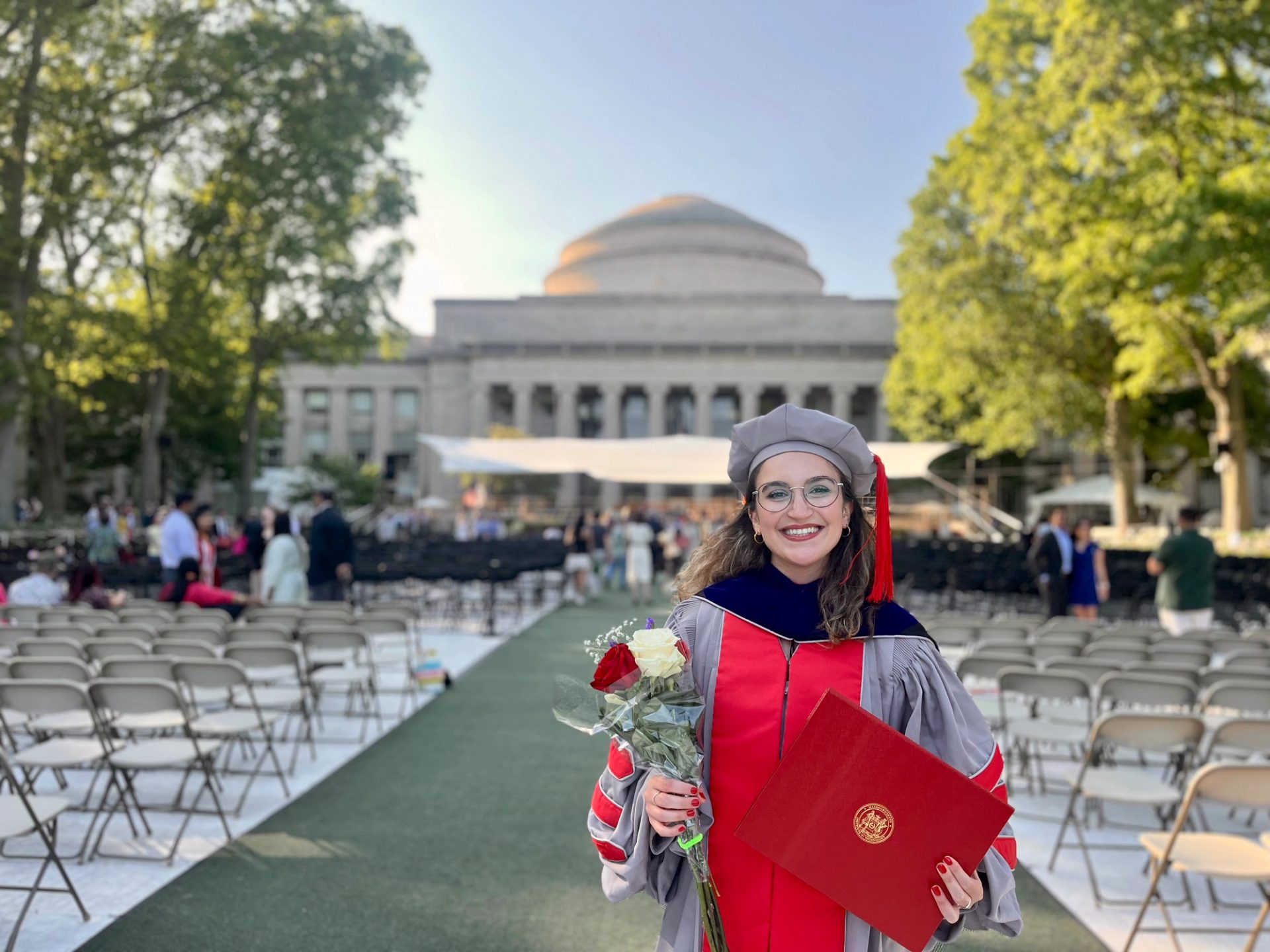
CD As a member of the MIT Arab Alumni Association, you have shared your experiences of nationality-based discrimination within the space sciences, and you advocate that 'space should be for all' in your space law and ethics roles. Why is there still so little diversity within the space sector, and what is the best hope for real change?
MN The space sector remains one of the least-diverse fields due to entrenched systemic biases, national security concerns, and historical dominance by a few powerful nations. Nationality-based discrimination often restricts opportunities for talent from emerging spacefaring nations, perpetuating a cycle of exclusion and limiting the sector's innovation potential.
The best hope for real change lies in the global adoption of inclusive policies and international cooperation frameworks that prioritize merit and collaboration over nationality. Encouraging diversity through educational initiatives, scholarships and joint space missions can help break down these barriers, fostering a more inclusive environment where space truly becomes a domain for all humanity.
CD With your MIT classmate Lihui Lydia Zhang, you founded the HUMANS project to create a modern-day version of the Golden Record that the Voyager 1 and 2 spacecraft are carrying. You collected messages in 64 languages from over 80 countries, etched using nanotechnology into a record. What was it like to see the live stream of astronauts on the International Space Station unveiling the record in 2023, and which messages did you personally find the most moving?
MN Watching the live stream of astronauts unveiling our HUMANS project record on the International Space Station was a surreal and deeply moving experience. It was a culmination of years of hard work, and a testament to human creativity and unity. This was a moment for people globally to feel closer to space, and to listen to voices and messages in many languages that haven’t been represented in space before.
The messages that stood out to me the most were those sharing hope for peace and understanding across cultures, and expressing a unique emotional personal connection to space. Some of the most moving messages came from a young child, expressing how space is this place for peace without war, and from another child who’d lost their mom, and how space for them is a connection to their lost parent. These messages encapsulate the essence of our shared humanity, and the universal desire for a better future.
The Earthrise photograph was captured by astronaut William Anders during the 1968 Apollo 8 mission and depicts Earth as a fragile blue marble amid the vast blackness of space. This was the first colour photograph of Earth from space, and it forever shifted humanity’s perception of our planet. Half a century later Sydney Science Festival brings together leading creatives and scientists from around the world who are radically rethinking our understanding of the sky, Country and each other.











